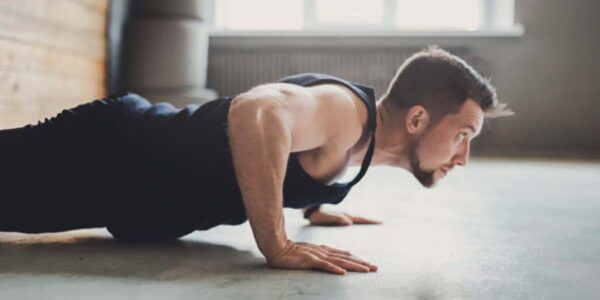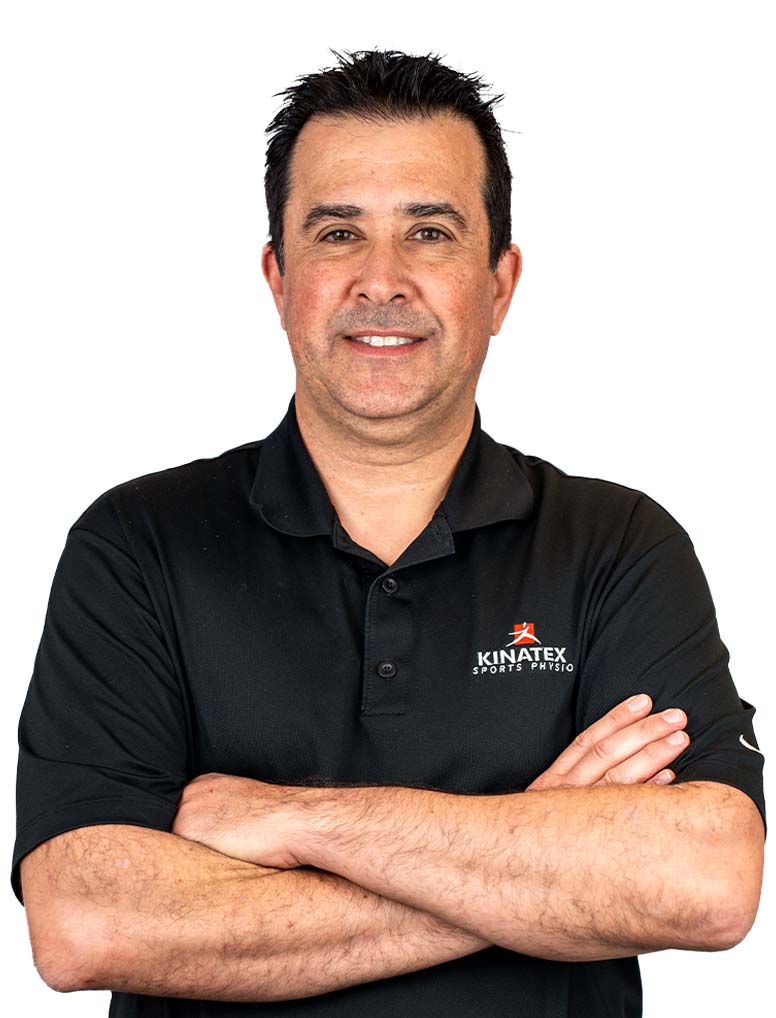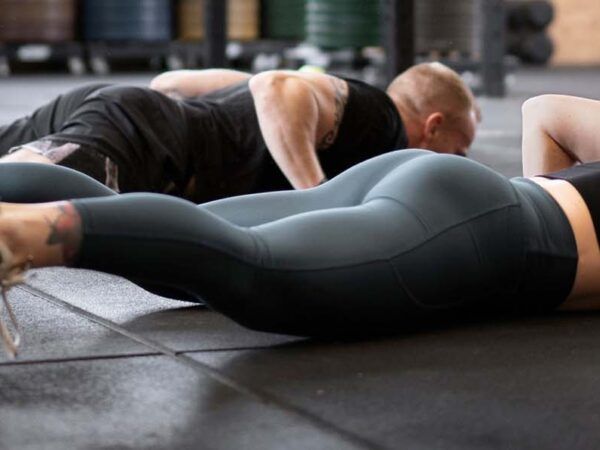Exercising on a regular basis can be a challenge for many people and for many reasons. Your favorite exercise facility may be closed. The idea of a home gym may be appealing, but the exercise equipment may be hard to find or there may not be enough room for it in your home. Many people simply want to try something different that is simple to learn and easy to do. Patients at our clinic will often ask us our advice for ways they can begin to exercise more despite some of these obstacles.
What is the bodyweight training?
The best thing about this type of workout is that body weight exercises can be done every day. Because these exercises can be strenuous, appropriate rest and recovery still needs to be taken into consideration. Body weight exercises are exercises using your own body weight as a resistance.
A movement is performed against gravity to make specific muscles in the body work. In its simplest form, body weight exercises do not require the use of equipment such as dumbbells, barbells, kettlebells, or weight machines. Therefore, even a beginner can perform body weight exercises without using any resistance equipment.
What are the benefits of body weight exercises?
Improves health
Anything that gets you moving more is beneficial for your health. Body weight exercises are great because they help improve the body’s posture, coordination, and balance as well as the body’s cardiovascular endurance and overall muscle strength.
Improves fitness
Studies show that body weight exercises can develop your fitness in several different areas such as strength, flexibility, and aerobic capacity.
Burns calories
Because a body weight workout consists of repetitive movements, this type of exercise helps you burn calories during a workout as your heart rate and body temperature increase.
Requires minimal equipment
Body weight exercises do not require special equipment. Everyday items in or around your home can be used as weights. A flat, non-slippery floor is key for safety. Using chairs and countertops can create a variety of angles for some exercises. Stairs are ideal for leg exercises.
Convenient
Body weight exercises can be done at anytime and anywhere. Any space that you may have will work well, whether it is indoors or outdoors.
Caters to all levels
Most body weight exercises have many variations so you cannot get bored with doing the same exercise all the time. Variations can be made to the position of the exercise, depending on whether you are at a beginner level or an advanced level.

What types of exercises can I do?
Here is a list of some common body weight exercises that you can do. Ask your physiotherapist or athletic therapist to understand the best techniques to perform these exercises. The physiotherapist or athletic therapist can also suggest variations of the exercise if an easier or harder version is needed. Once you can easily do an exercise for one set of 12 to 15 repetitions, try to add a second and eventually a third set of the same exercise.
- Push-ups.
- Pull-ups.
- Squats.
- Dips.
- Lunges.
- Step-ups.
- Donkey kicks.
- Calf raises.
- Planks.
- Bridges.
- Sit-ups.
General fitness recommendations
An average adult should do between 150 and 300 minutes of moderate intensity exercise per week. Performing a body weight exercise routine can be an excellent way to meet these general fitness recommendations, whether it is the only exercise you do, or it is combined with other types of workouts you may enjoy.
Here are some key points to remember when doing a body weight workout:
- A warm-up can help prevent injury, and gets you into the right frame of mind before starting your workout.
- Proper technique in performing the exercises is key to making the appropriate gains.
- Training different muscle groups every day and taking at least one day off between exercising each muscle group is important to give your muscles time to recover.
- Change volume and intensity by varying the number of sets and repetitions.
- Mix in lighter movements and slow it down by doing yoga or Pilates-style exercises between some of the workout exercises.

Can I make it more difficult if needed?
Overload is one of the four key principles of training to get the maximum out of your workout. The overload principle states that an exercise must become more challenging over the course of a training program to continue to produce results.
In the case of body weight exercises, there are many ways to increase their level of difficulty:
- Incorporate dynamic movements such as jumps and hops to add a plyometric component to the exercise.
- Perform the exercise on a single arm or leg to add a balance component to the exercise.
- Decrease the rest time between the exercises.
- Convert the workout into a circuit with a 30-minute time limit.
- Use equipment such as resistance bands and weight-filled bags or bottles.
Body weight exercises can be an easy way to begin an exercise routine without some of the typical exercising obstacles or excuses. It is a great way to do strength training and can be a good addition to your overall fitness program.
Because body weight exercises can be just as effective as exercising with free weights or weight machines, this exercise approach can be integrated into any of your daily or weekly fitness goals.
If you frequently injure yourself when starting your activity, or if you want to avoid injuring yourself while starting a new activity, you may need a musculoskeletal evaluation by a physiotherapist. Following the assessment, the physiotherapist will give you advice and exercises specific to your condition.




